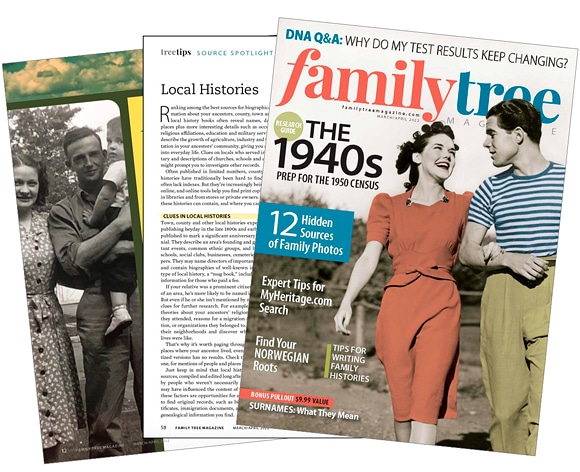| The internet has given us unprecedented access to records and other resources. Genealogy databases boast millions and millions of names in their family trees, some of which might fit neatly into the one you’re currently building. But the internet has also opened the floodgates for bad or careless research. Online family trees can be useful, but you should always carefully evaluate where the details in them come from. In a recent issue of Family Tree Magazine, editor Andrew Koch shared key steps for fact-checking online trees to determine whether other researchers are on the right path—or barking up the wrong tree. |
| Here's a preview of what our readers found so useful in the article! |
| Confirm the Profile is a Reasonable Match |
| Say you’ve searched a collection of other users’ trees (such as Ancestry.com Public Member Trees) or the FamilySearch Family Tree). Or maybe you’re reviewing suggested record hints from Ancestry.com or Smart Matches from MyHeritage. Could that profile be a hit for your ancestor? Before you go any further: Determine whether the match is even a reasonable fit. Consider any discrepancies in names, ages/birth dates, and places. You can expect some variance (particularly in surname spelling), but take pause if you find radically different names, birth dates that vary by more than a couple years, or far-flung locations. Use historical maps or gazetteers to see how far apart places are. |




